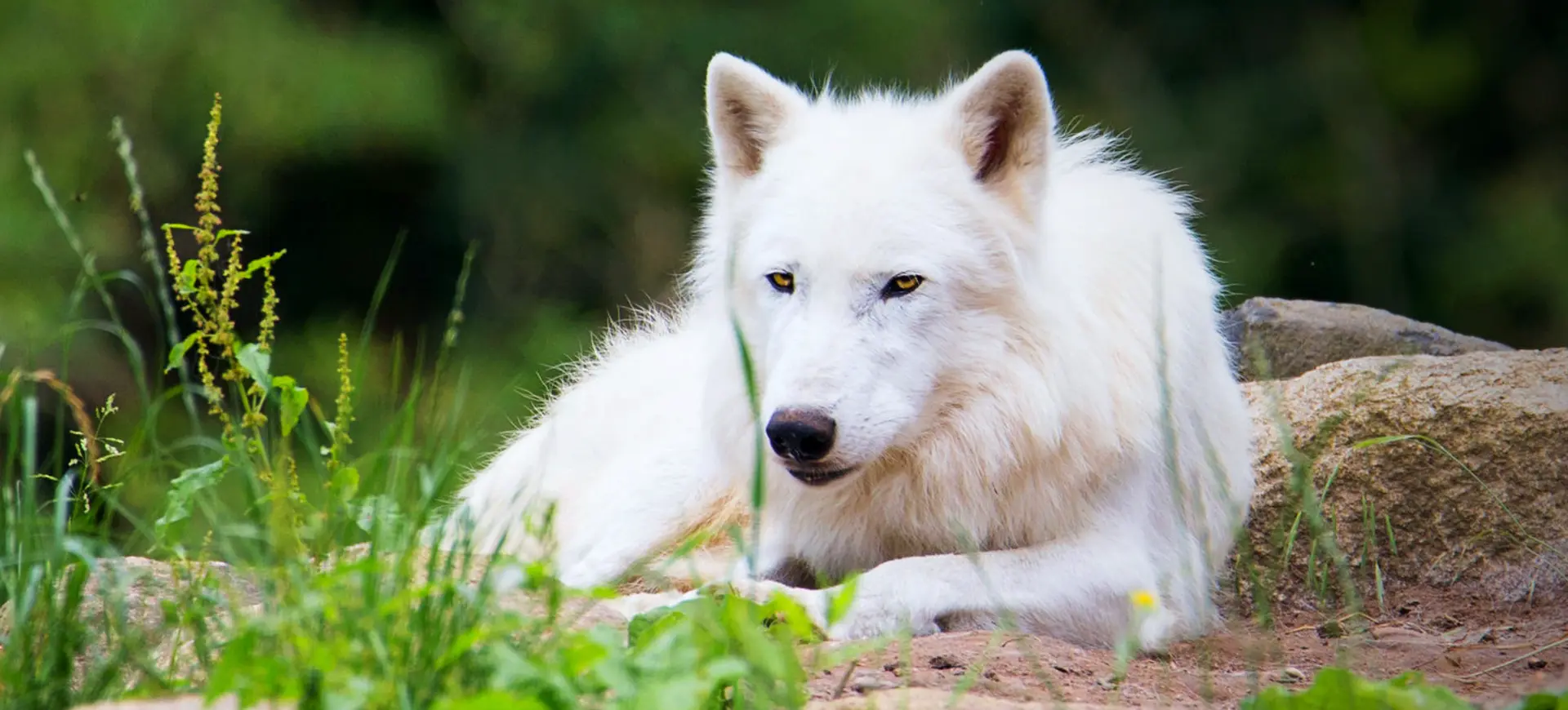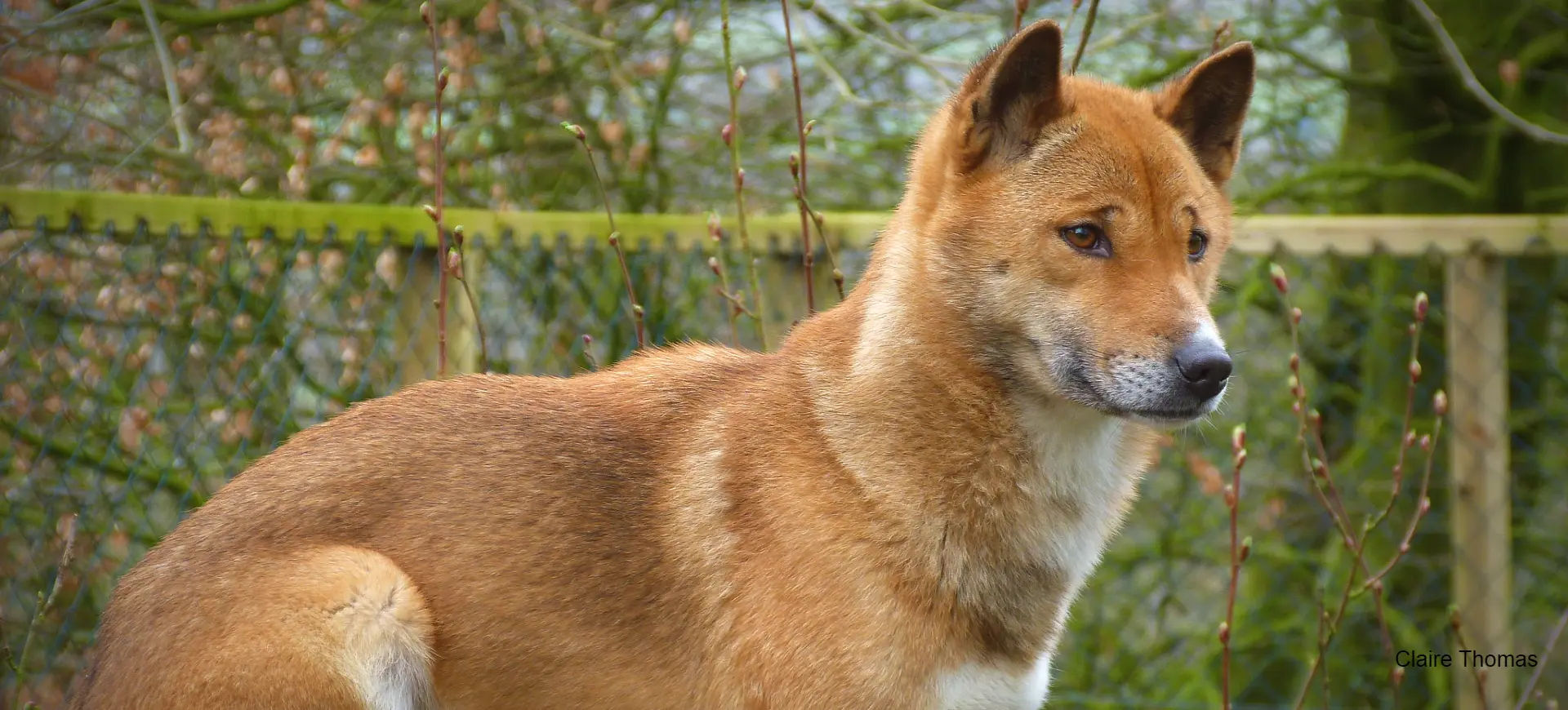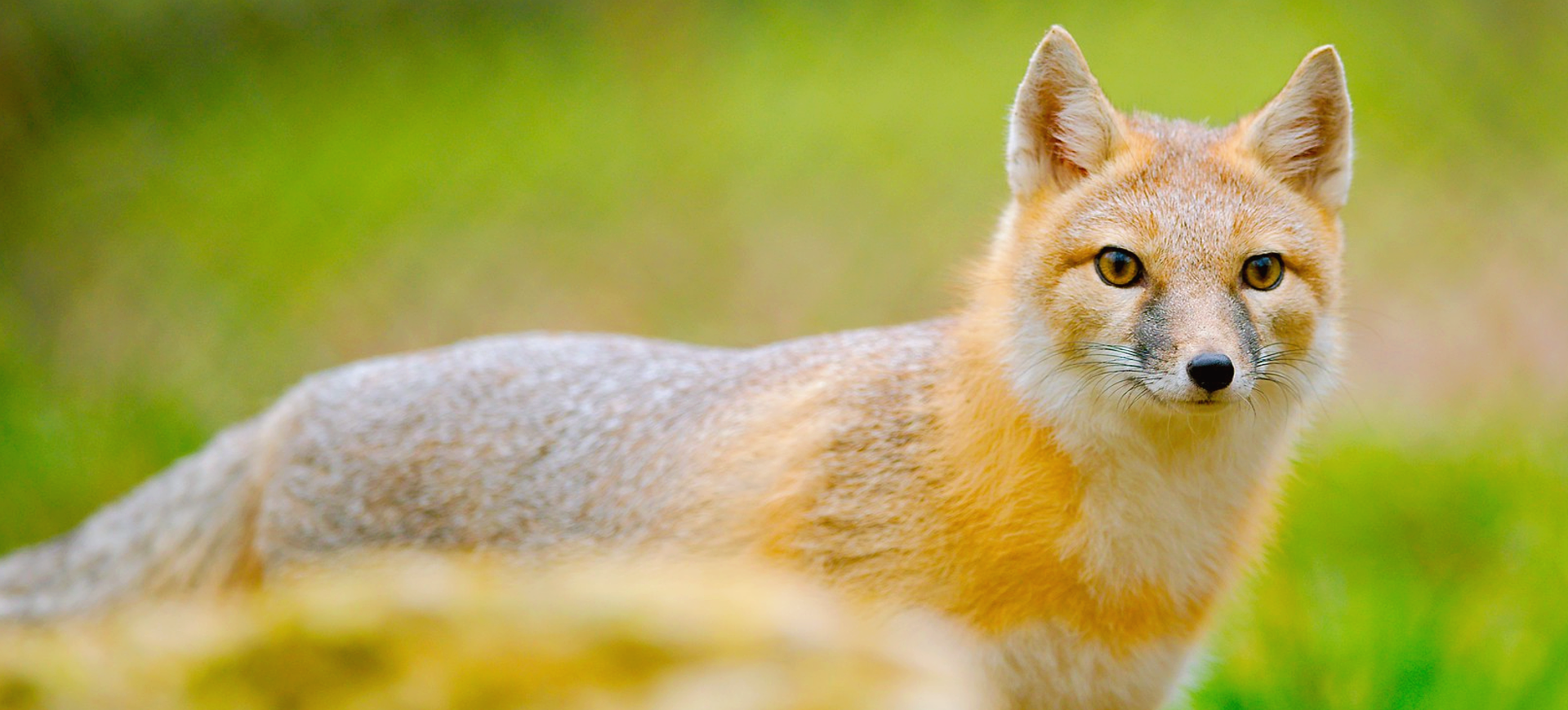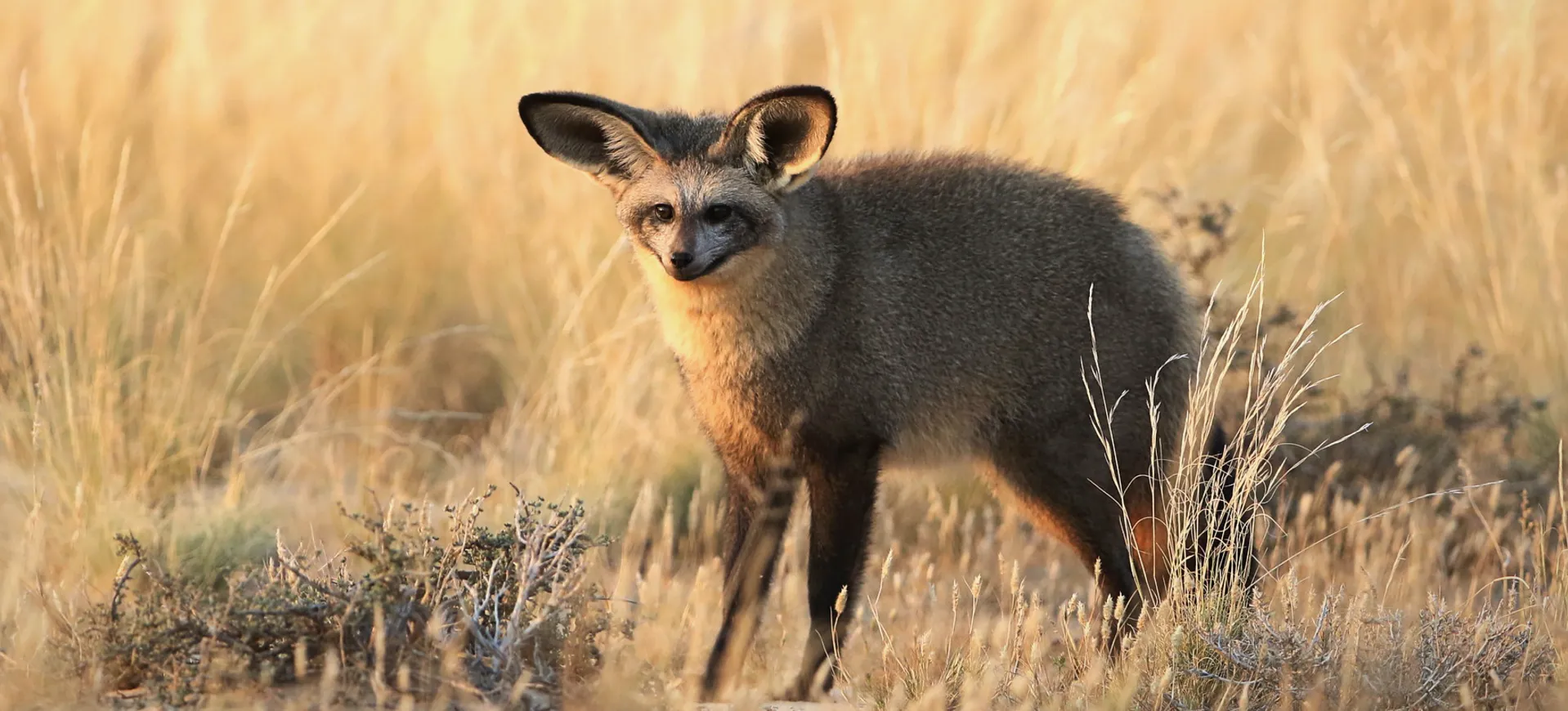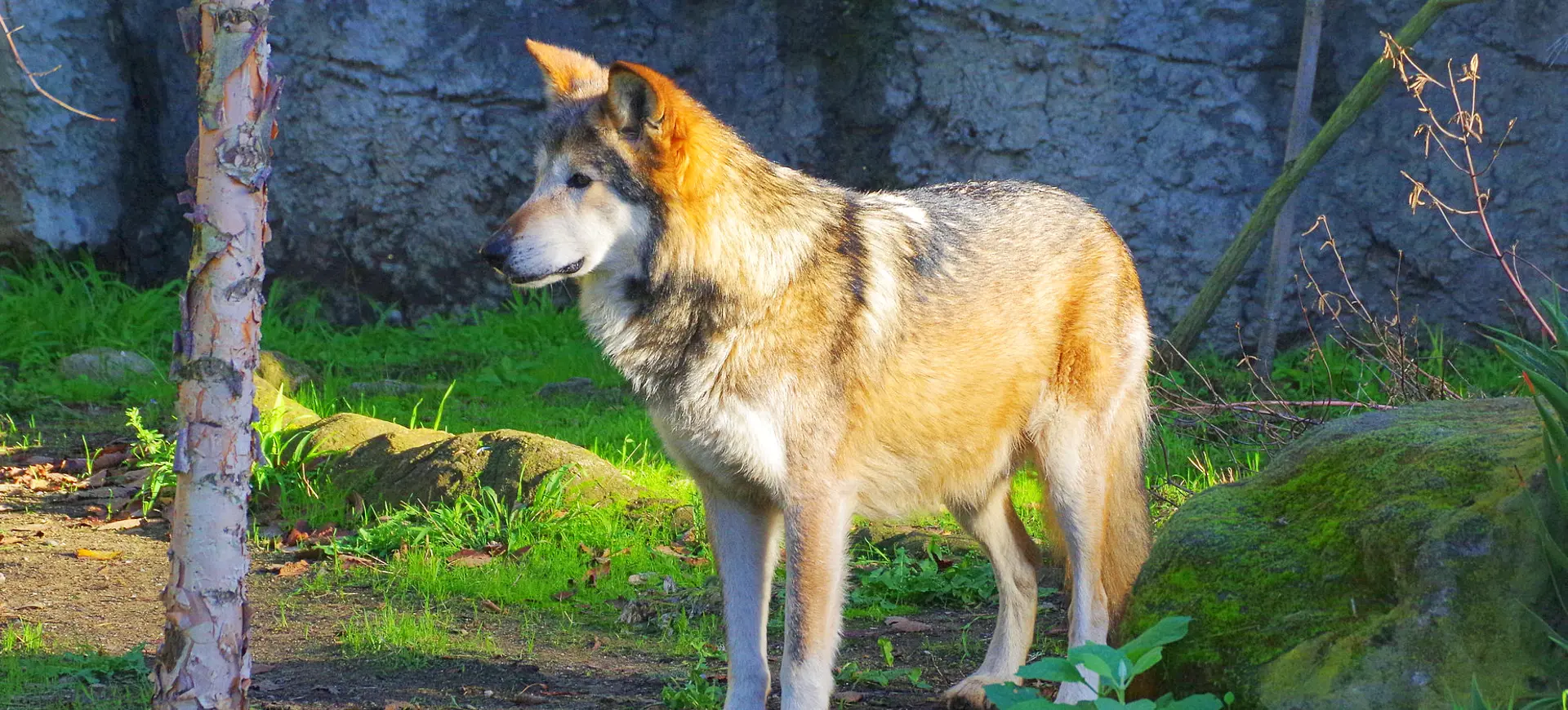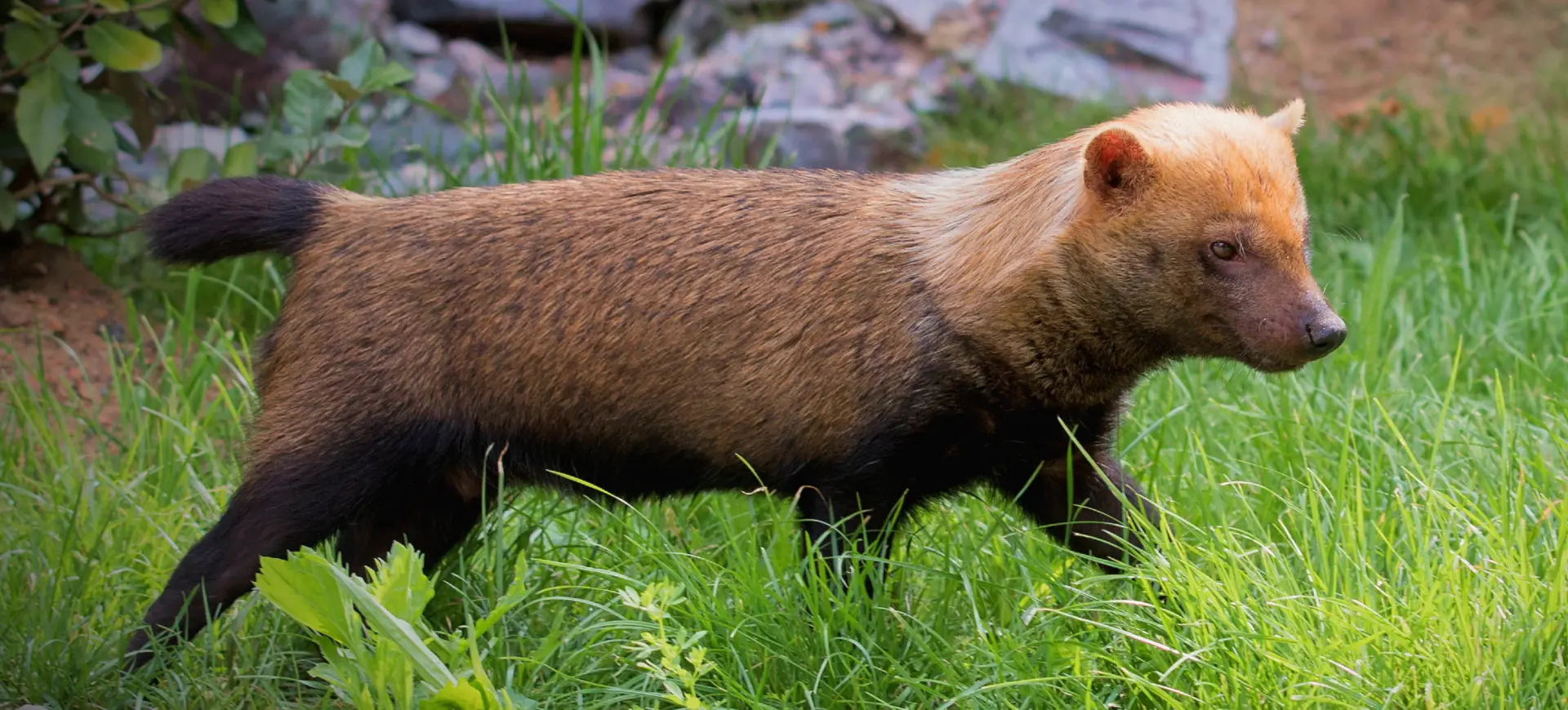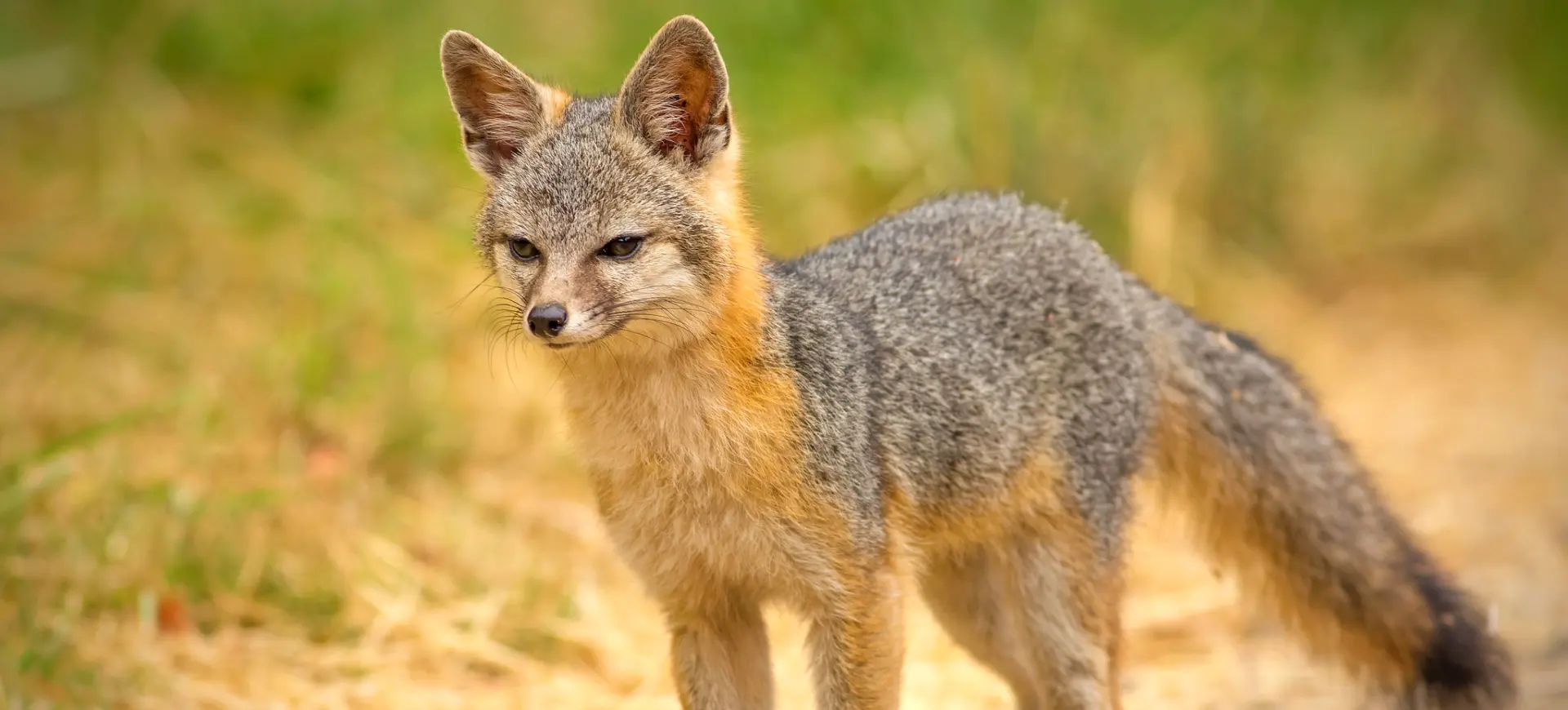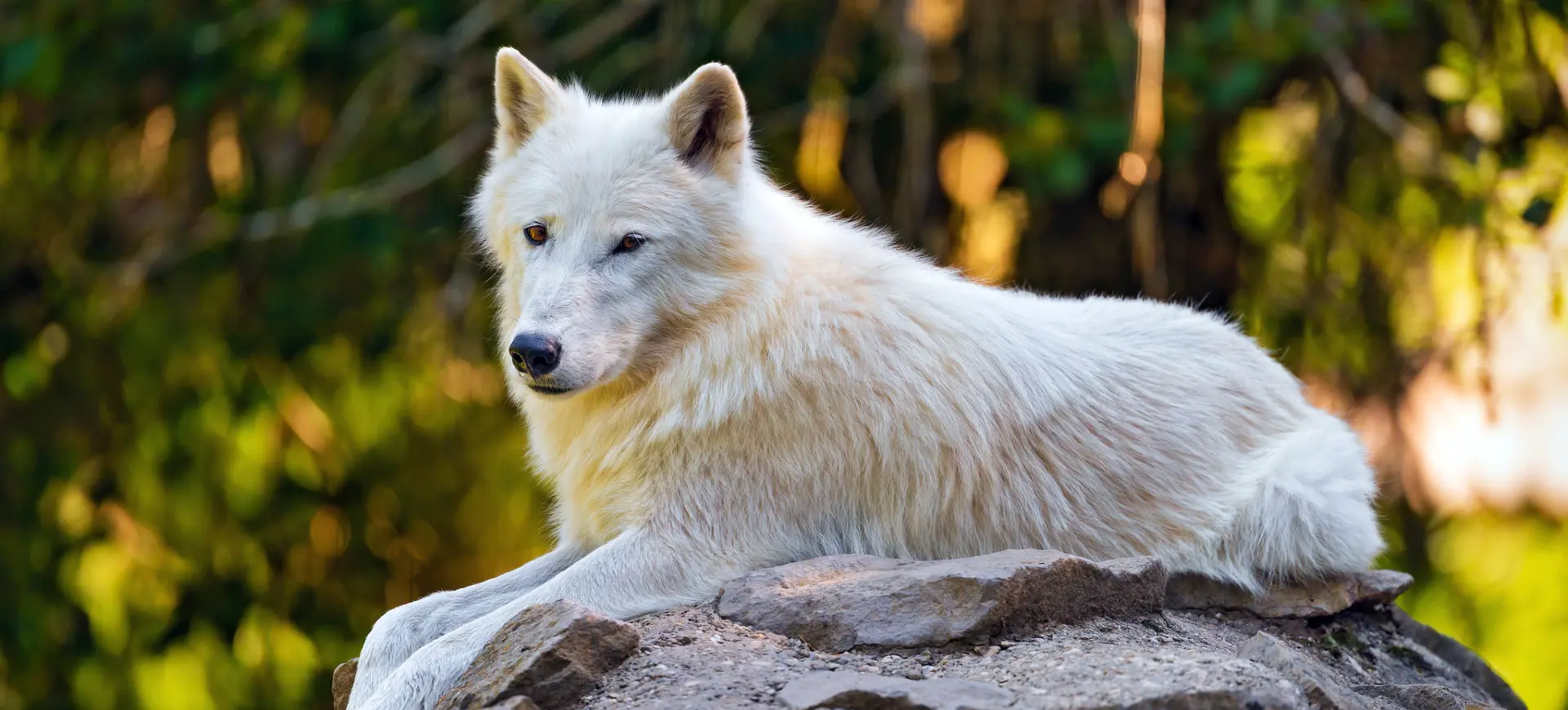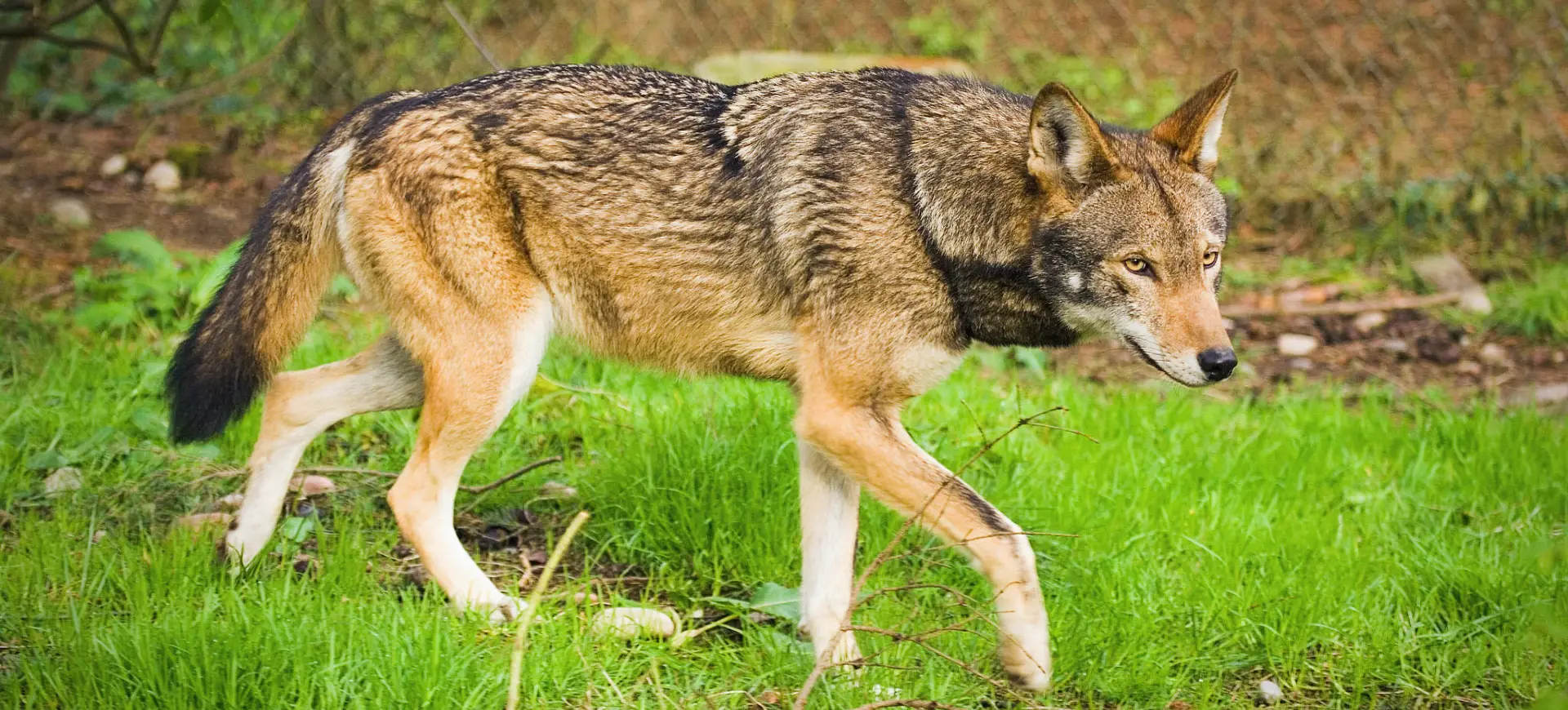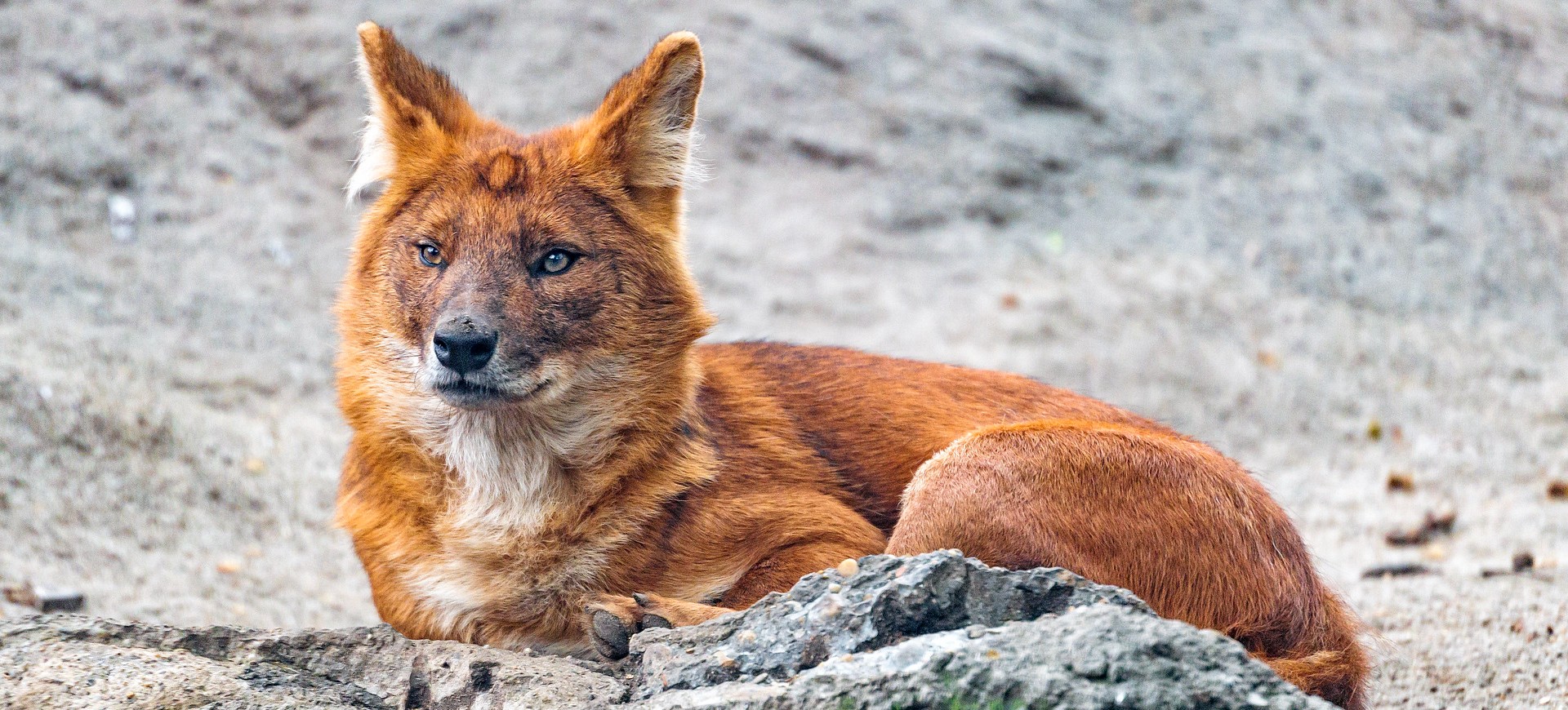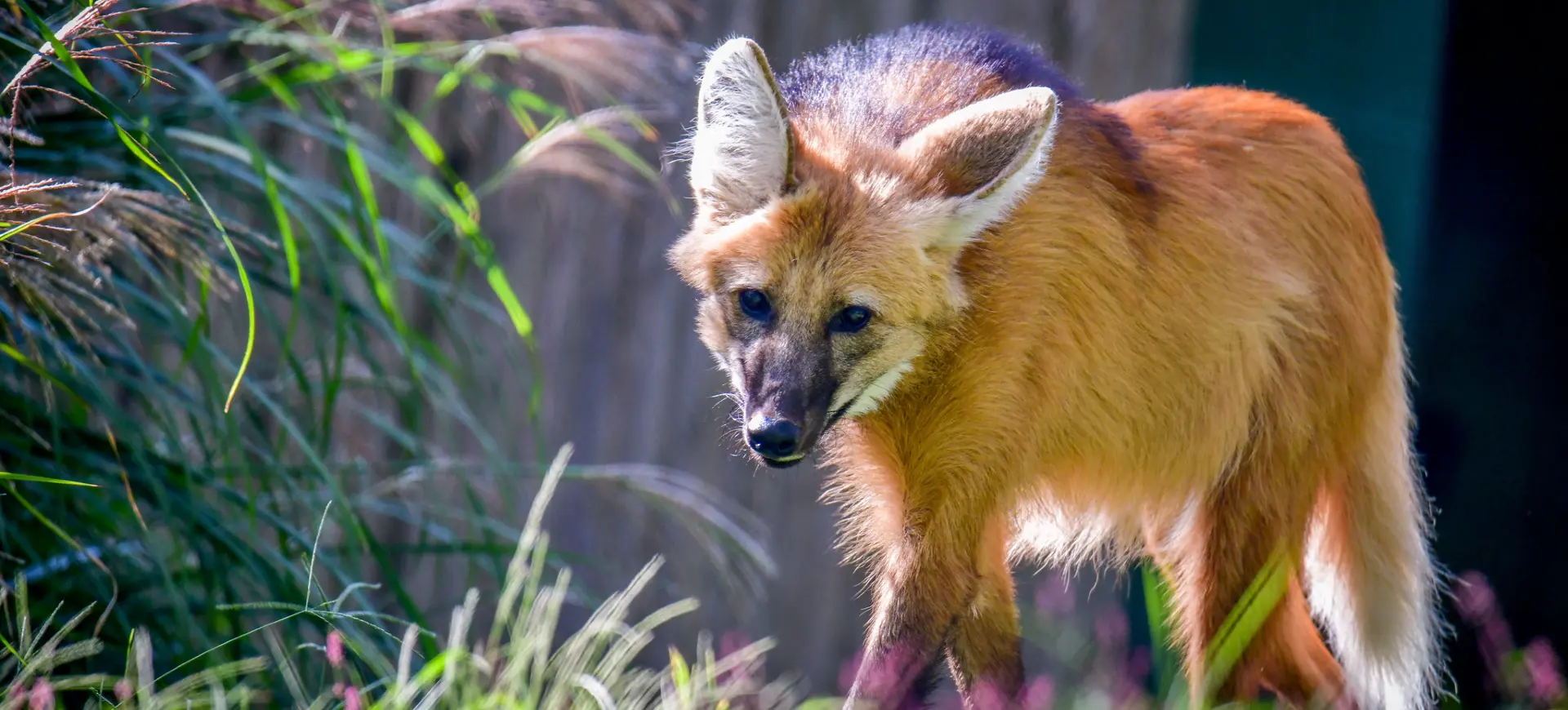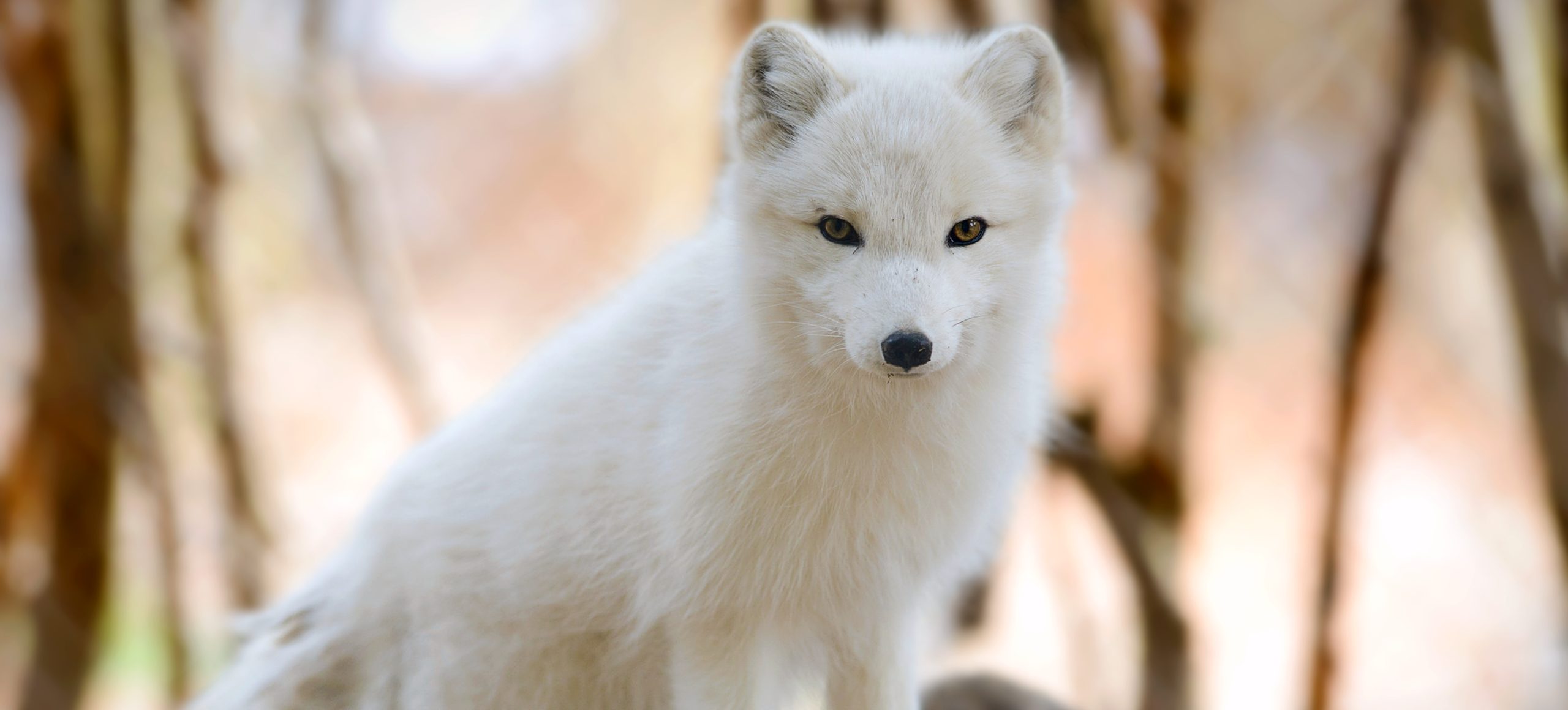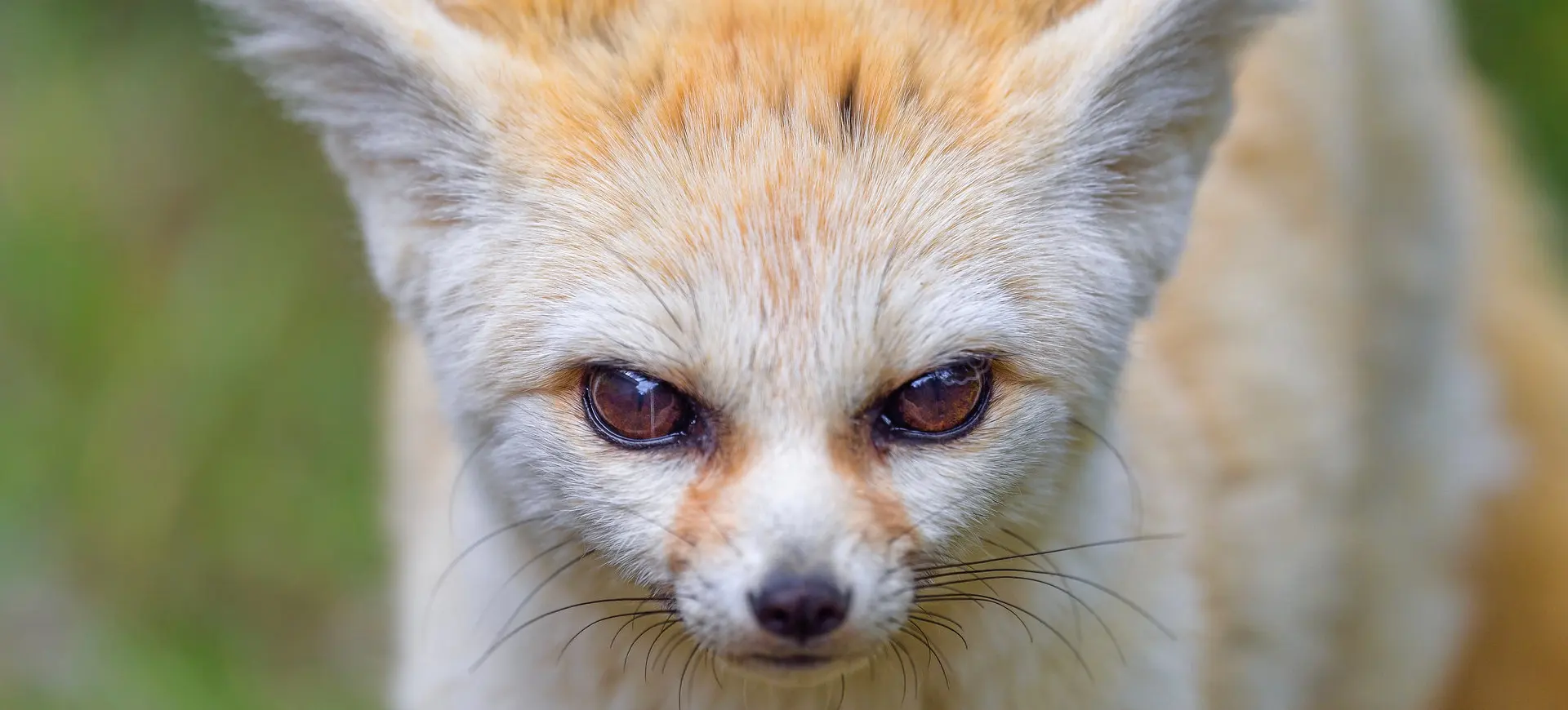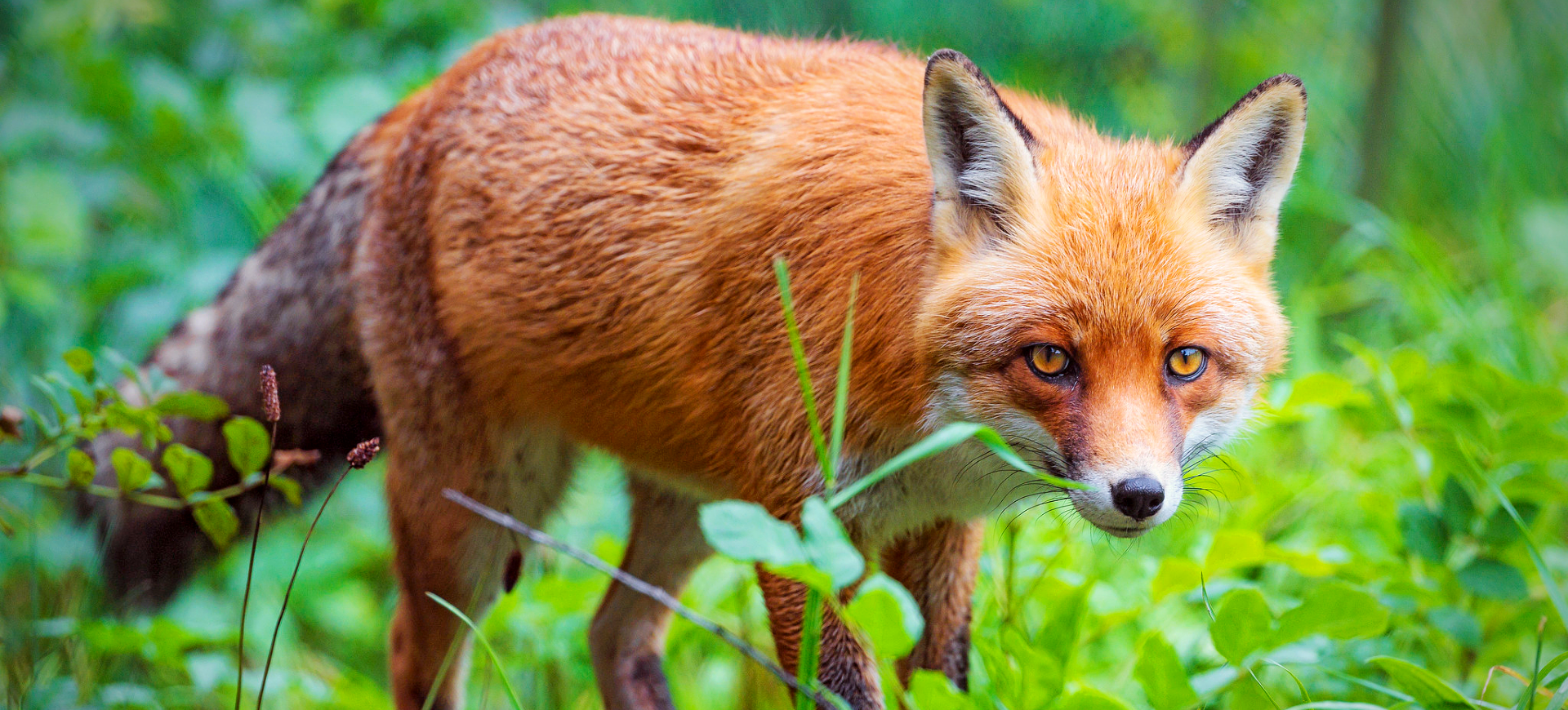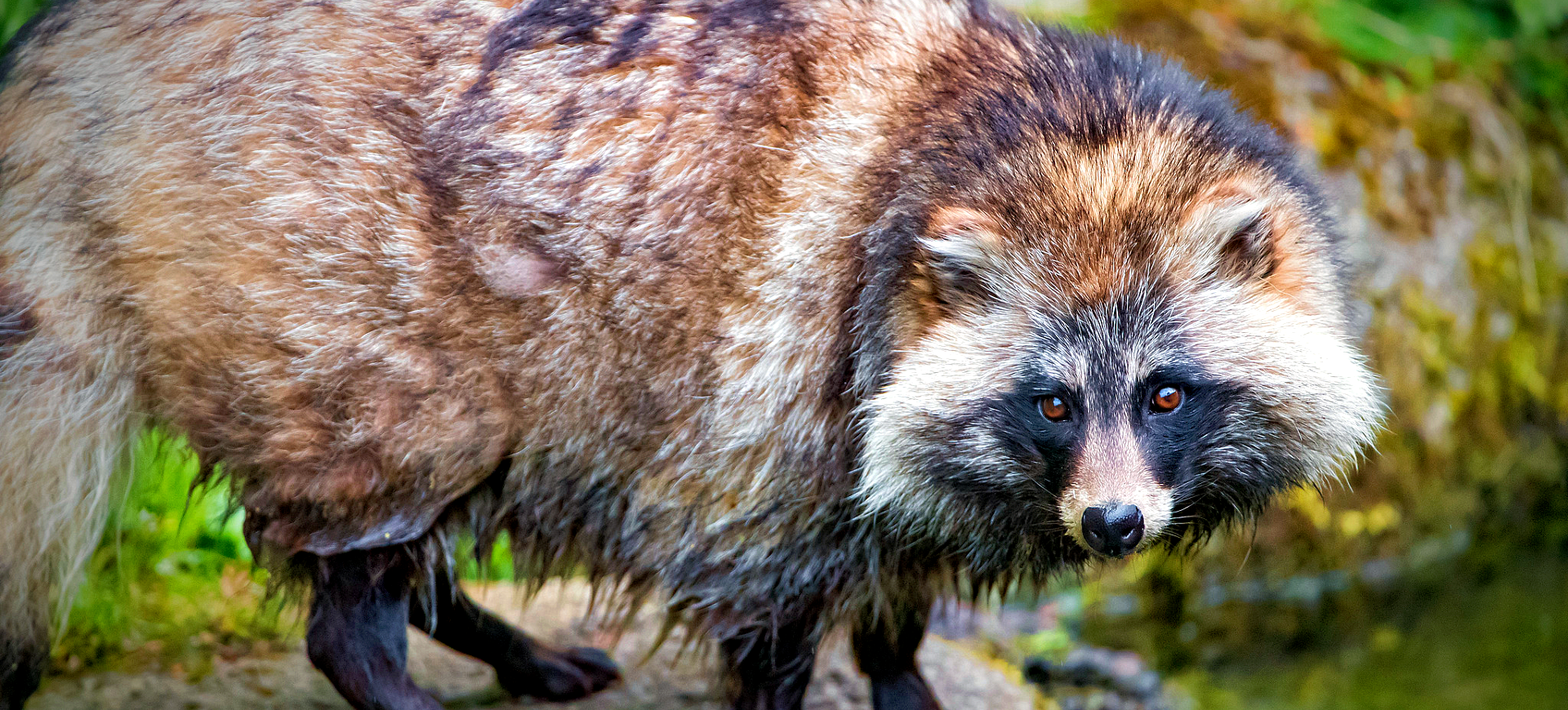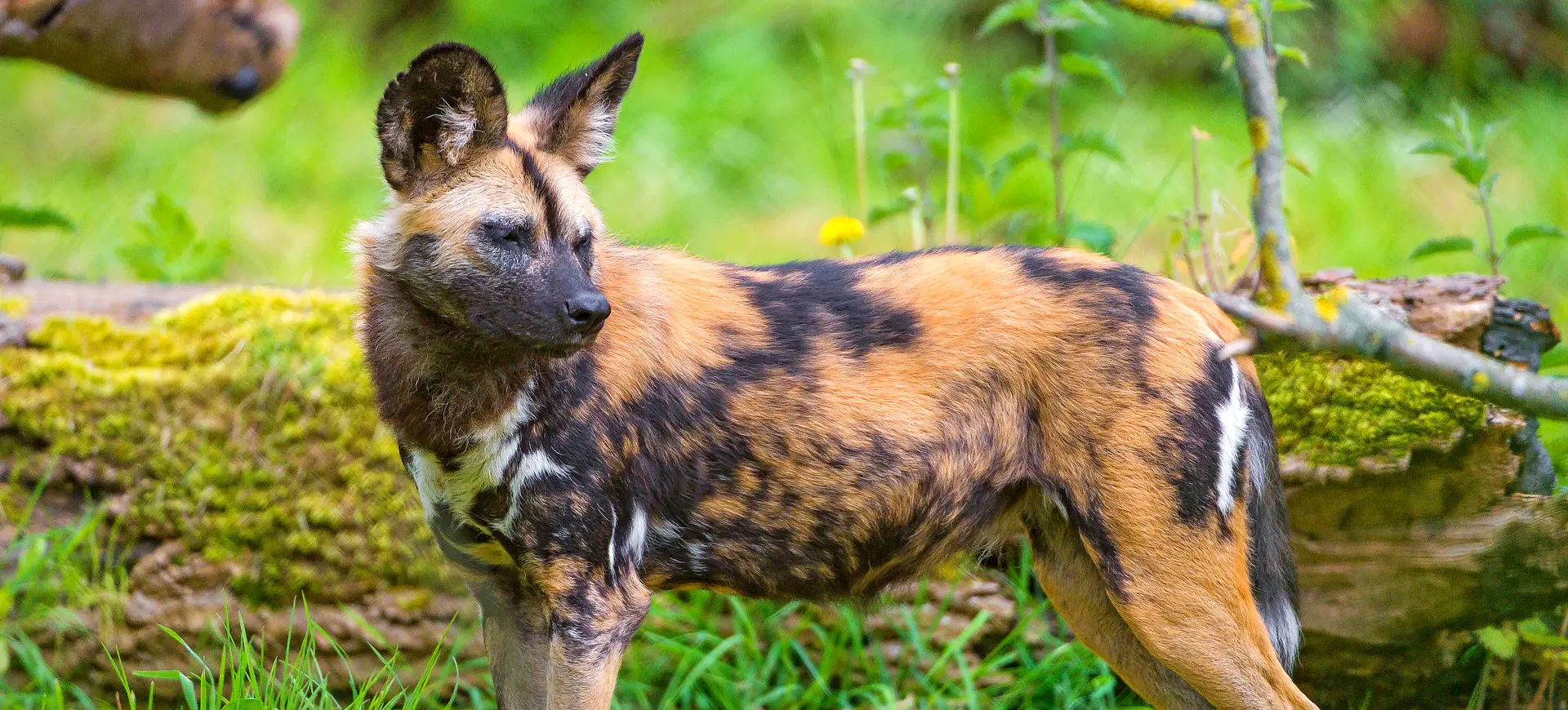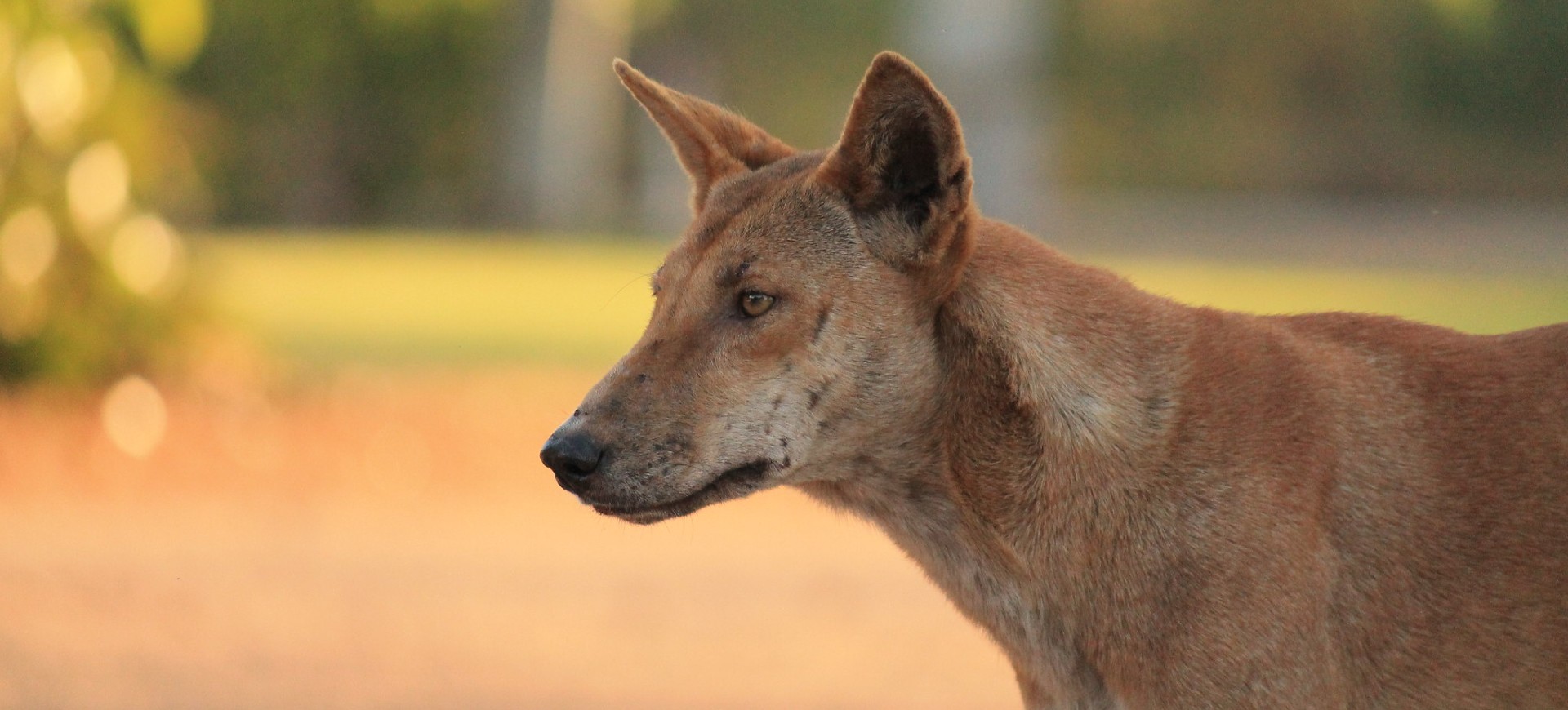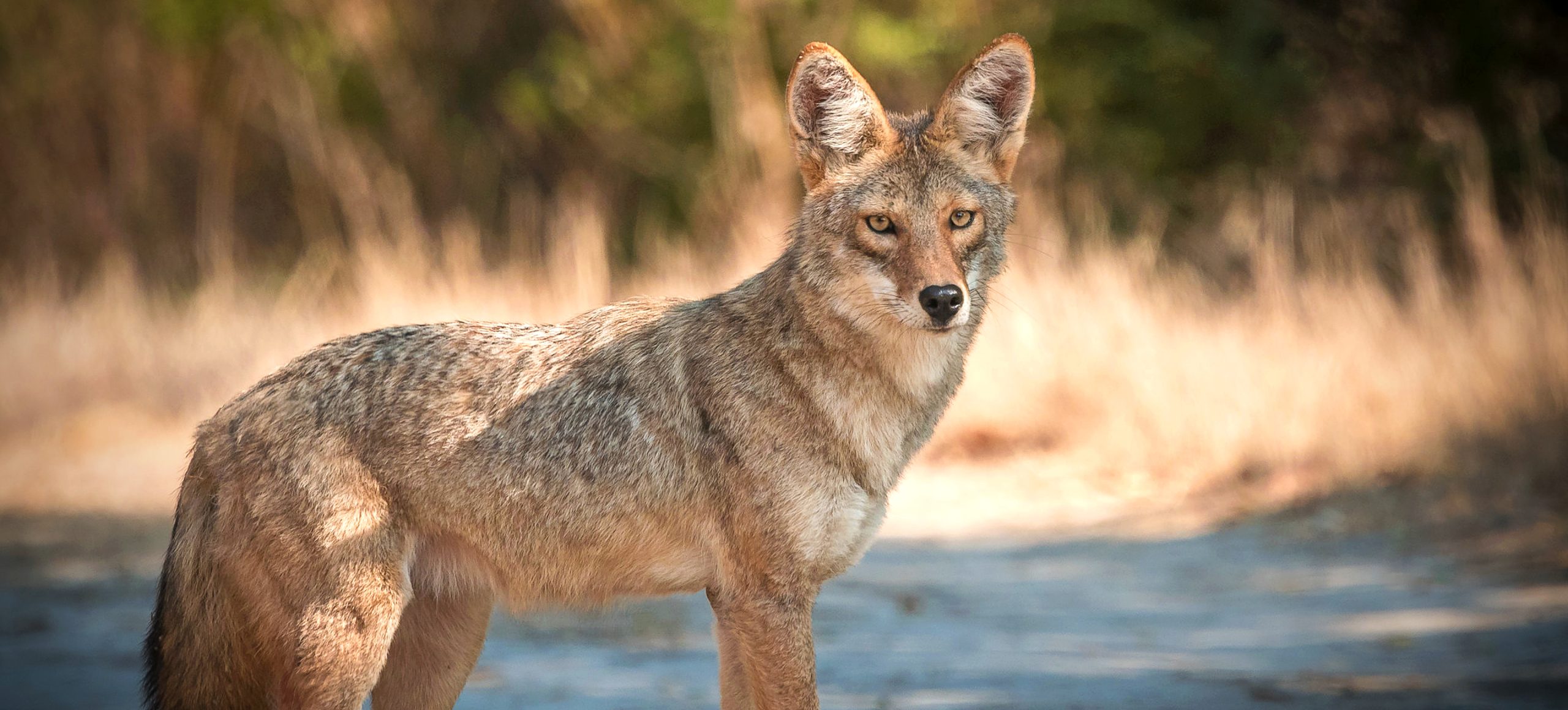Overview
The Gray Wolf (Canis lupus) is a highly adaptable and social mammal in the Canidae family. It has a varied coat color ranging from nearly pure white to black, although most wolves tend to have gray and brown coats. Wolves are known for their complex social structures, often consisting of family units called packs. These packs are vital for hunting, territory defense, and raising young.
A pack’s territory can vary significantly, ranging from 50 to 1,000 square miles, depending on prey abundance and geographic layout. Territorial markings are made through scent marking, howling, and scratching. Gray Wolves are apex predators within their territories with few natural enemies apart from humans.
Gray Wolves are intelligent animals, demonstrating strong problem-solving skills and a form of communication through howling, barking, and whining. They are highly cooperative in hunting, often targeting large ungulates like elk, deer, and moose. This collaboration makes them efficient predators and strengthens the social bonds within the pack.
Taxonomy
Kingdom
Phylum
Class
Order
Family
Genus
Species
Sub Species
Type
Physical Description:
The gray wolf is a large mammal with a dense fur coat that varies in color. The coat provides insulation during cold weather and is often a mix of gray, brown, black, and white. They possess a strong jaw, housing sharp teeth capable of crushing bones.
Their physical build is optimized for long-distance travel, featuring long limbs and a streamlined body. Their eyes typically range from golden to orange, and their ears are triangular and erect. Wolves also have a bushy tail, which can serve as a communication tool within the pack.

Lifespan: Wild: ~8 Years || Captivity: ~17 Years

Weight: Male: 70-180 lbs (32-82 kg) || Female: 50-120 lbs (23-54 kg)

Length: Male: 40-65 inches (101-165 cm) || Female: 36-60 inches (91-152 cm)

Height: Male: 26-32 inches (66-81 cm) || Female: 24-30 inches (61-76 cm)

Top Speed: 37 mph (60 km/h)
Characteristic:
Native Habitat:
Gray wolves once occupied a vast range stretching from North America to Eurasia. They are highly adaptable and can be found in various habitats, including forests, grasslands, and arctic tundras. Their adaptability to varying climates and ecological conditions makes them one of the most widely distributed land mammals.
Although they have been extirpated from many areas due to human activities, efforts are underway to reintroduce them to their native habitats. Their preference for remote and wild areas often puts them at odds with human expansion, leading to various conservation challenges.
Climate Zones:
WWF Biomes:
Biogeographical Realms:
Continents:
Countries:
Diet:
Diet & Feeding Habits:
Gray wolves are primarily carnivorous predators, relying heavily on larger ungulates such as deer, elk, and moose for sustenance. They employ various hunting tactics, including ambush, tracking, and chasing, often relying on teamwork to bring down prey much larger than individual wolves.
While they predominantly hunt in packs, wolves are also capable of solo hunting when the situation demands. Aside from large mammals, their diet can include smaller mammals, birds, and even some plant material like berries, although these are more supplementary.
Mating Behavior:
Mating Description:
The mating system in gray wolf packs generally involves a monogamous breeding pair consisting of the alpha male and alpha female. They are the only members of the pack who typically breed, ensuring a strong lineage and reducing inbreeding within the pack.
Mating season occurs once a year, usually in late winter. During this period, the alpha female goes into estrus and the alpha male courts her. After successful mating, the gestation period is approximately 63 days, following which the alpha female gives birth to a litter of pups, usually in a den prepared in advance.
Reproduction Season:
Birth Type:
Pregnancy Duration:
Female Name:
Male Name:
Baby Name:
Social Structure Description:
Gray wolves live in social units known as packs, usually composed of a family group that includes the breeding alpha pair and their offspring of various ages. The alpha pair leads the pack and is generally the only pair that breeds, thus controlling the population growth within the group. Hierarchies within the pack are well-established, with each wolf holding a specific rank that dictates social interactions and resource access.
Communication among pack members is complex and multi-faceted, involving a range of vocalizations like howls, barks, and growls. Body language also plays a critical role; wolves use various postures, ear positions, and tail heights to convey messages to each other. Additionally, scent marking is commonly used for establishing territory and communicating within the pack.
Groups:
Conservation Status:
Population Trend:
Despite being hunted and losing habitat, the global population of gray wolves is currently stable, with estimates ranging from around 300,000 individuals in the wild. In North America, conservation efforts have been moderately successful, helping maintain and expand some populations.
In Europe and Asia, the populations are more fragmented. While they are generally stable or increasing in some areas like Eastern Europe, they are declining in others due to human activities. Conservation programs are in place, but the effectiveness varies by region.
Population Threats:
The main threats to gray wolf populations include habitat loss, hunting, and human-wolf conflicts as human settlements expand into wolf territories, instances of wolves preying on livestock increase, often leading to retaliatory killings by humans.
Illegal hunting and poaching also pose a significant threat. Despite legal protections in many regions, wolves are often killed illegally, either for sport or in the belief that reducing wolf numbers will decrease attacks on livestock. Public perception and lack of education about the ecological role of wolves further exacerbate these threats.
Conservation Efforts:
Various conservation programs are in place to protect gray wolves and their habitats. These include legal protections, anti-poaching measures, and public education campaigns to shift the perception of wolves from dangerous predators to essential members of their ecosystems.
Reintroduction programs have also been successful in some areas, helping to reestablish populations in their native ranges. In addition, non-lethal management strategies are being explored to minimize human-wolf conflicts, such as the use of guard animals, electric fences, and alarm systems.
Additional Resources:
Fun Facts
- Gray wolves have a highly developed sense of smell, about 100 times more sensitive than humans.
- Wolves have been observed to display behaviors that suggest they have a sense of fairness.
- The howl of a gray wolf can be heard up to 10 miles away under the right conditions.
- Wolves often travel large distances, up to 12 miles a day, in search of food.
- They can swim distances of up to 8 miles.
- A single wolf can consume up to 20 pounds of meat in a single meal.
- Wolves have 42 teeth designed for cutting meat and crushing bones.
- Gray wolves have been observed to care for injured or elderly members of their pack.
- They have vocalizations, including howls, barks, and whines.
- In popular culture, wolves are often symbolized as creatures of mysticism and folklore, though such portrayals are not scientifically accurate.














